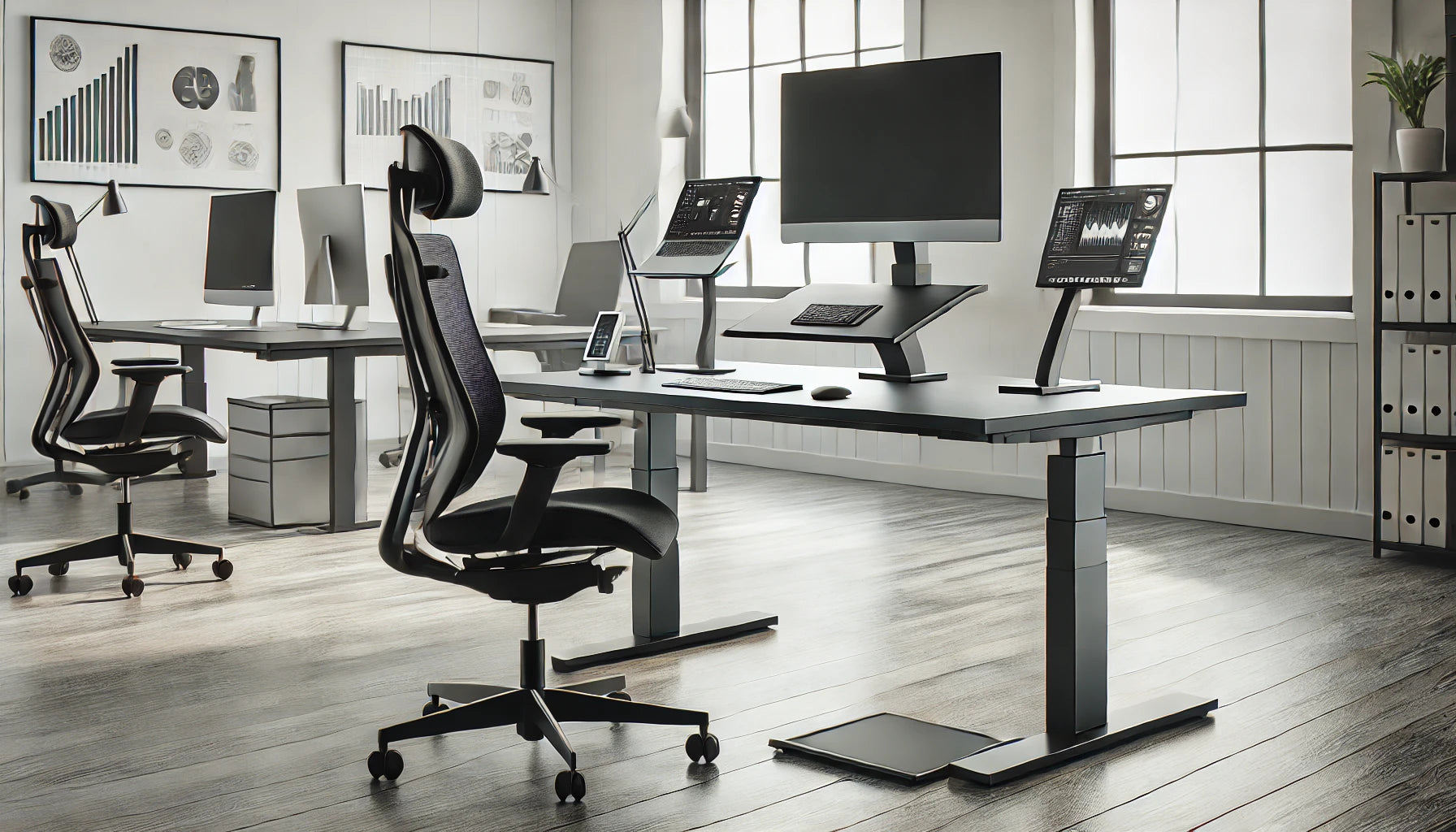Designing a Home Office that Promotes Work-Life Balance
If you work from home, it can be challenging to maintain a healthy work-life balance. It's easy to blur the lines between work and personal time when your office is in the same place as your living space. However, with a little planning and intentionality, you can design a home office that promotes balance and helps you be more productive and focused while you work.
Create a Dedicated Workspace
One of the key elements of a home office that promotes work-life balance is having a dedicated workspace. This might be a separate room or a corner of a room that is solely used for work. It's important to have a clear boundary between your work and personal spaces to help you mentally transition between the two. Having a dedicated workspace also helps to reduce distractions and create a more professional atmosphere.
Make it Comfortable
Another important factor in designing a home office that promotes balance is making it comfortable. This might include investing in a comfortable chair, adding plants or other natural elements, and choosing colors and finishes that are soothing and calming. It's also important to consider lighting and ventilation to create a pleasant and healthy atmosphere. Just be sure to strike a balance between comfort and functionality, as you still want your home office to be a place where you can be productive.
Consider Ergonomics
Ergonomics, or the study of how people interact with their environment, is an important factor to consider when designing a home office. Poor ergonomics can lead to discomfort, fatigue, and even injury. To create a home office that promotes work-life balance, consider factors such as your desk height, chair height and support, and monitor position. It's also important to take breaks and stretch regularly to help prevent muscle strain and fatigue.
Limit Distractions
Another key element of a home office that promotes balance is limiting distractions. This might include closing the door to your office to reduce noise and interruptions, setting boundaries with family members or roommates about when you are available and when you need to focus, and turning off non-essential notifications on your computer or phone. It's also important to minimize clutter and keep your workspace organized to help reduce distractions and increase productivity. Just be sure to create a balance and allow for some flexibility, as unexpected interruptions and distractions are a normal part of life and can't always be avoided.
Designate Specific Work Hours
Designating specific work hours can also help promote work-life balance in a home office. It's easy to get caught up in work and lose track of time when you work from home, so it's important to set boundaries and have designated work hours. This might mean setting a schedule for yourself or setting specific goals for each day. Just be sure to allow for some flexibility and be realistic about what you can accomplish in a given amount of time. It's also important to be mindful of your energy levels and take breaks as needed to avoid burnout.
Create a Separate Entrance
If possible, consider creating a separate entrance for your home office. This can help create a physical boundary between your work and personal spaces and can also be more convenient for clients or business partners. Just be sure to consider the safety and security of your home and choose a solution that works best for your situation.
Conclusion
In conclusion, designing a home office that promotes work-life balance is all about creating boundaries, being mindful of ergonomics, limiting distractions, and setting specific work hours. It's also important to make your home office comfortable and functional, and to consider factors such as lighting and ventilation. By taking the time to create a home office that works for you, you'll be better equipped to maintain a healthy balance between work and personal time and be more productive and focused while you work. Just be sure to allow for some flexibility and be realistic about what you can accomplish in a given amount of time, and take breaks and stretch regularly to avoid burnout and maintain your well-being.




Maximize Your Small Office Space with These Simple Tips
The Role of Plants in Office Design: How to Choose and Incorporate Them for Maximum Benefit